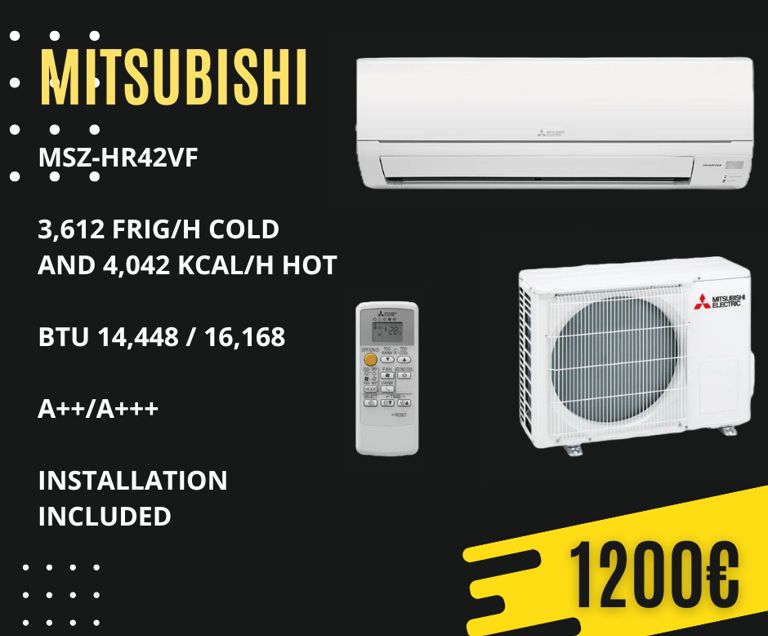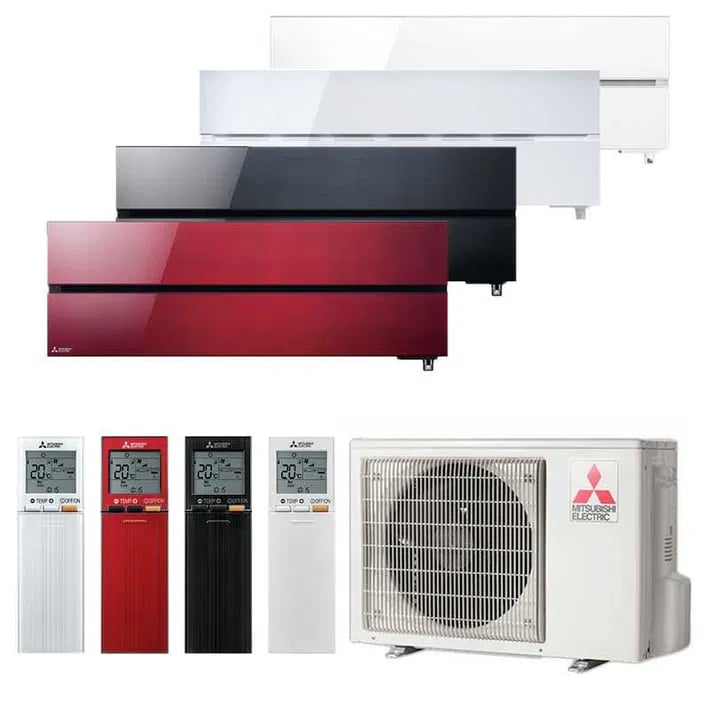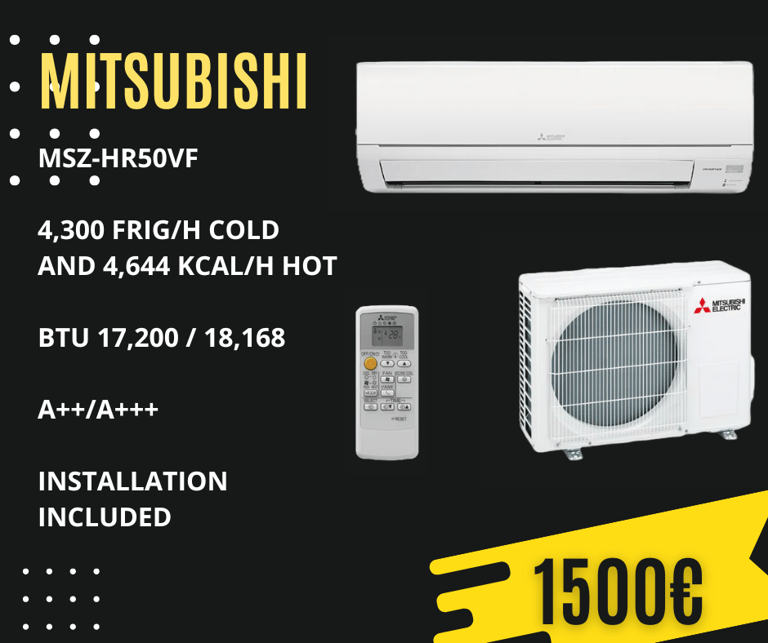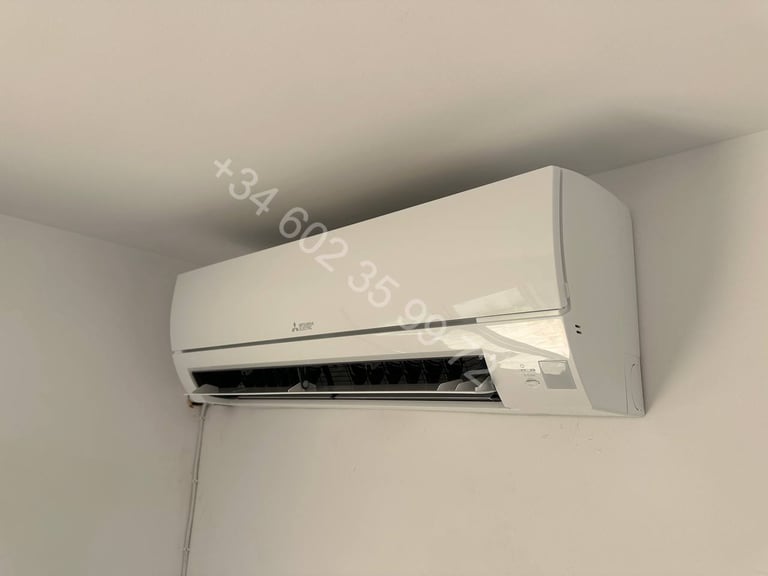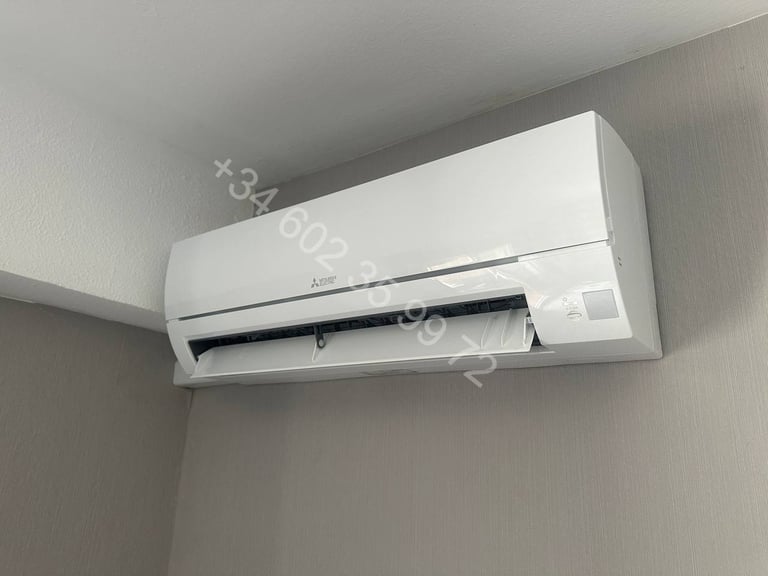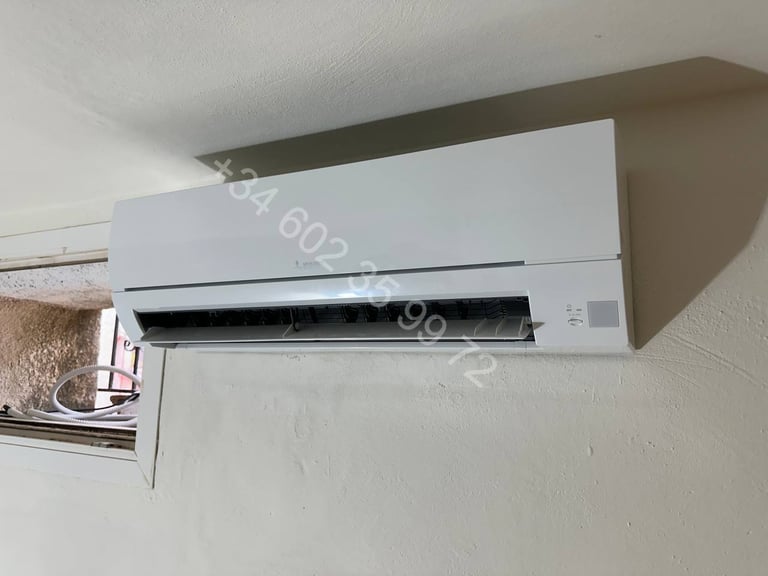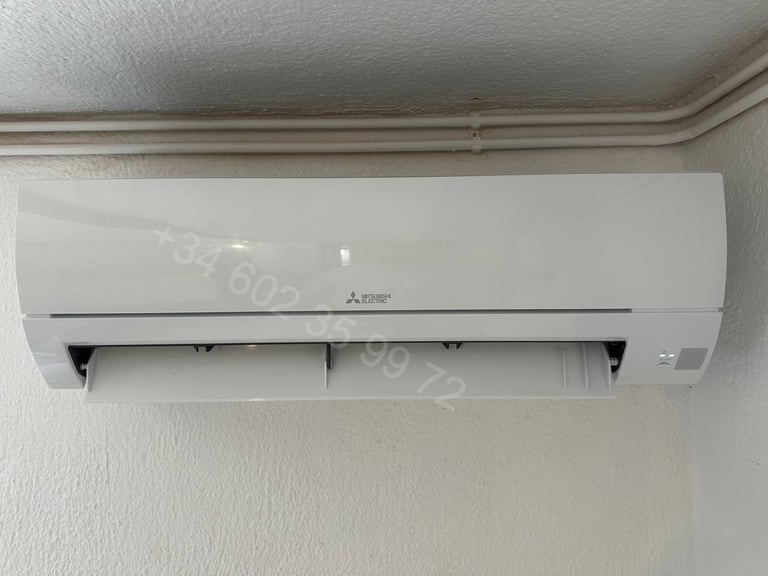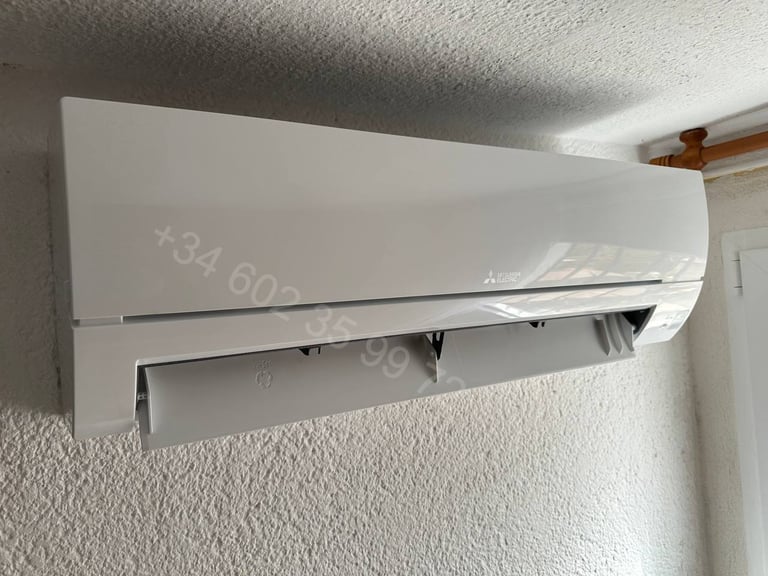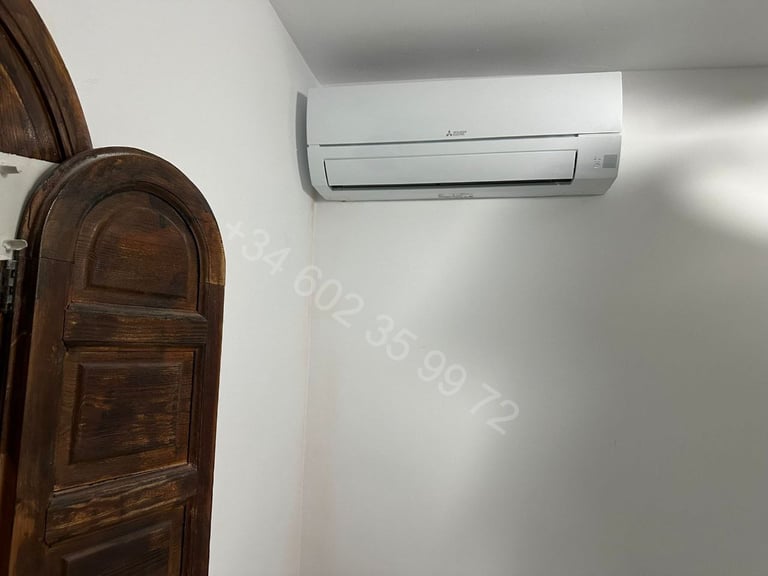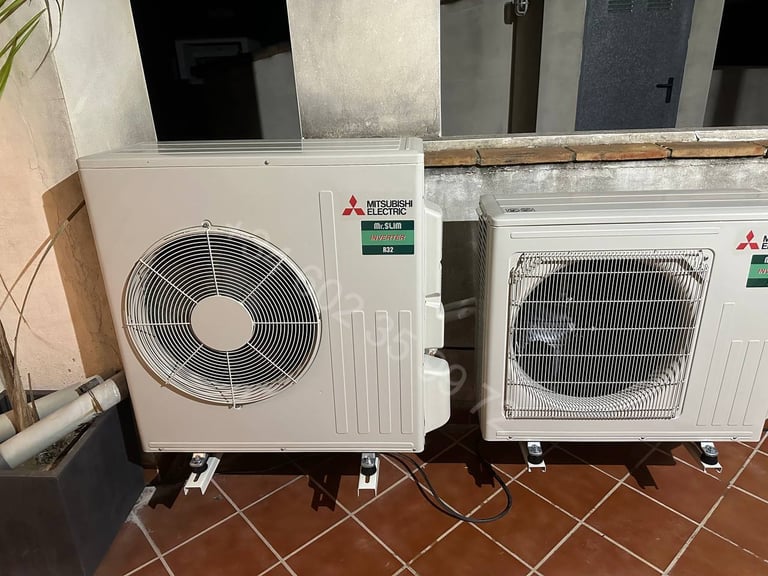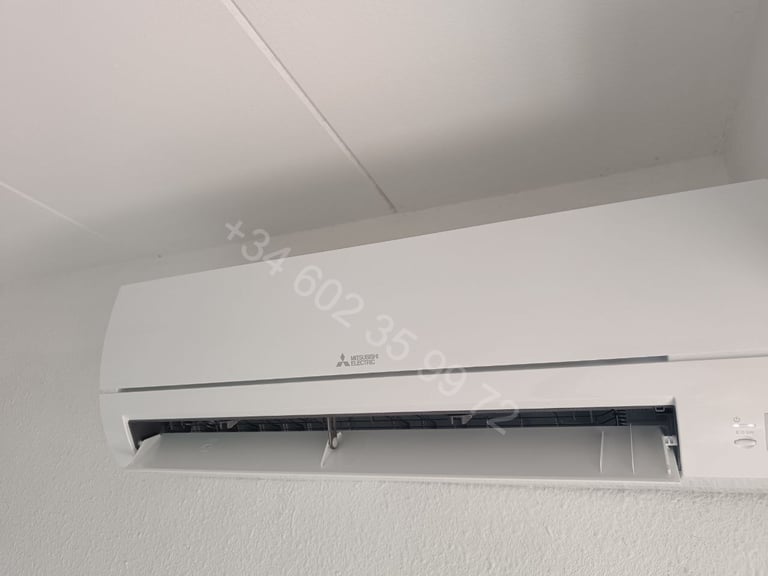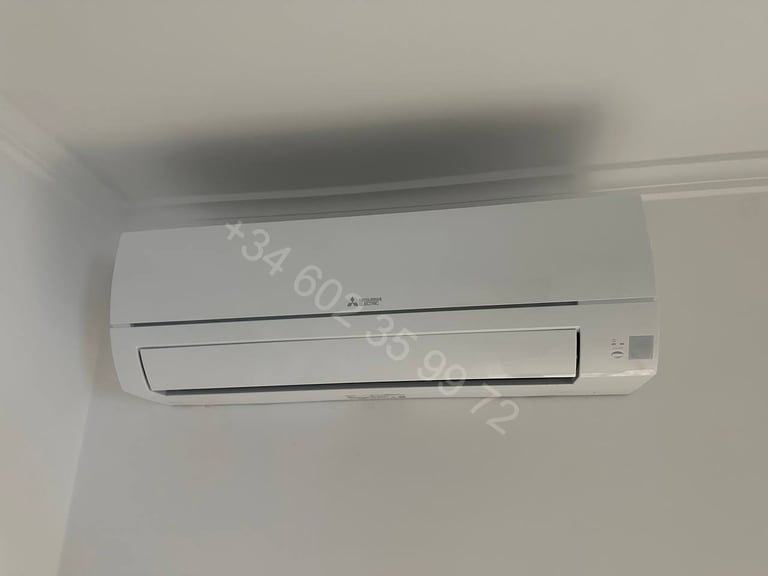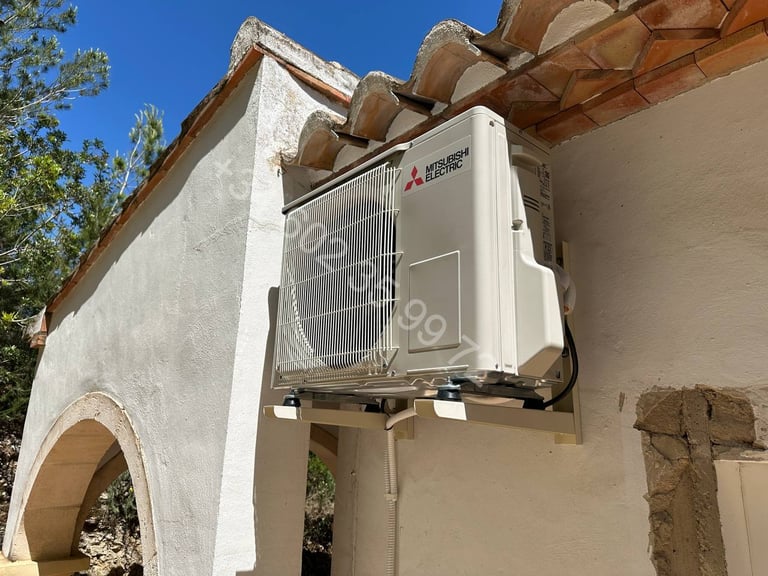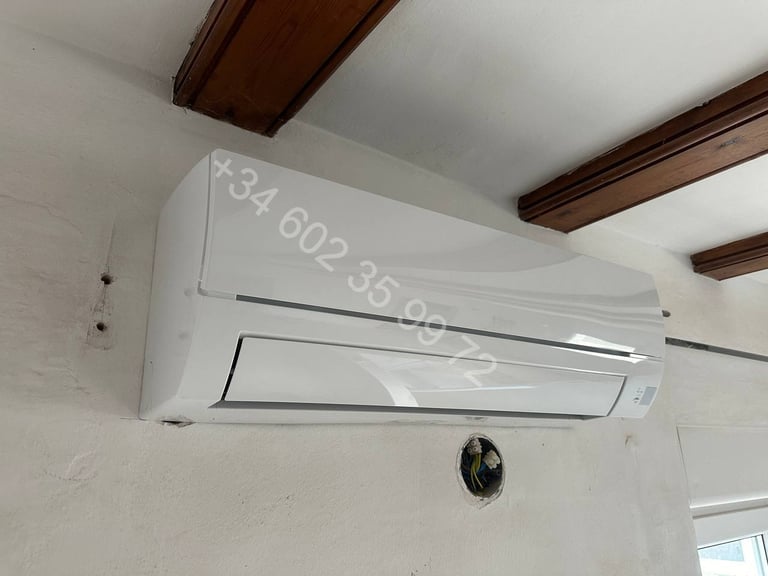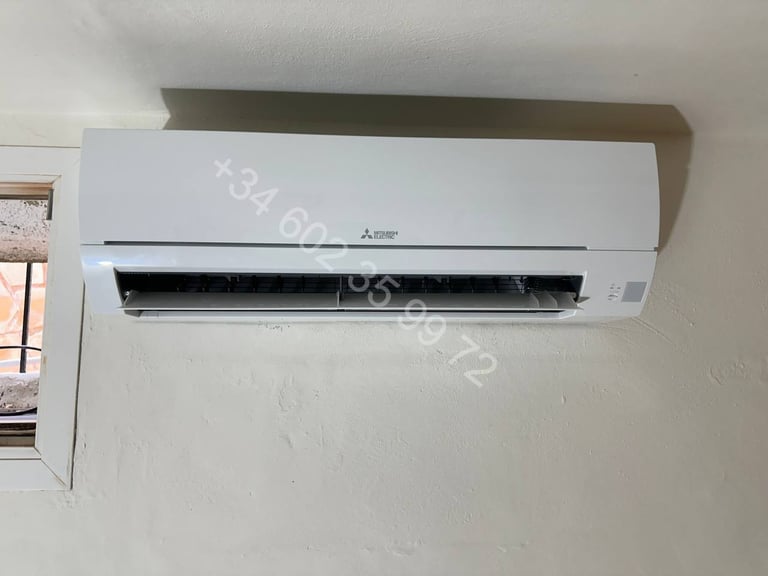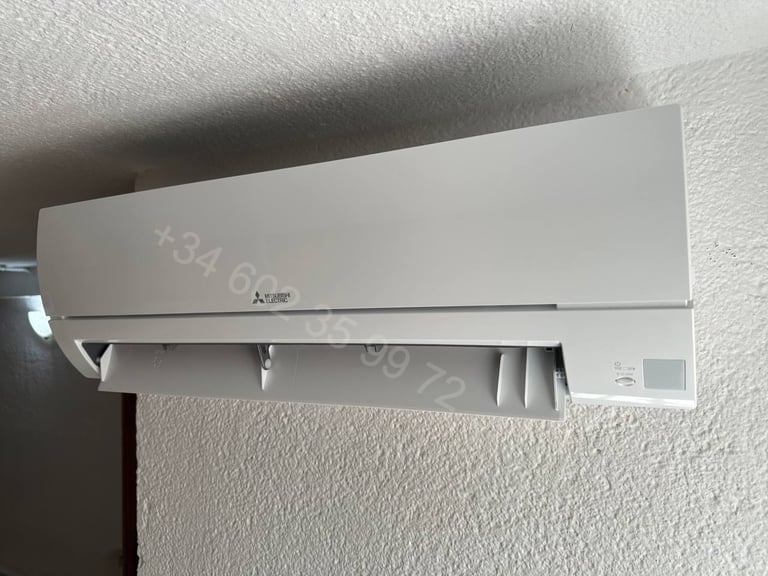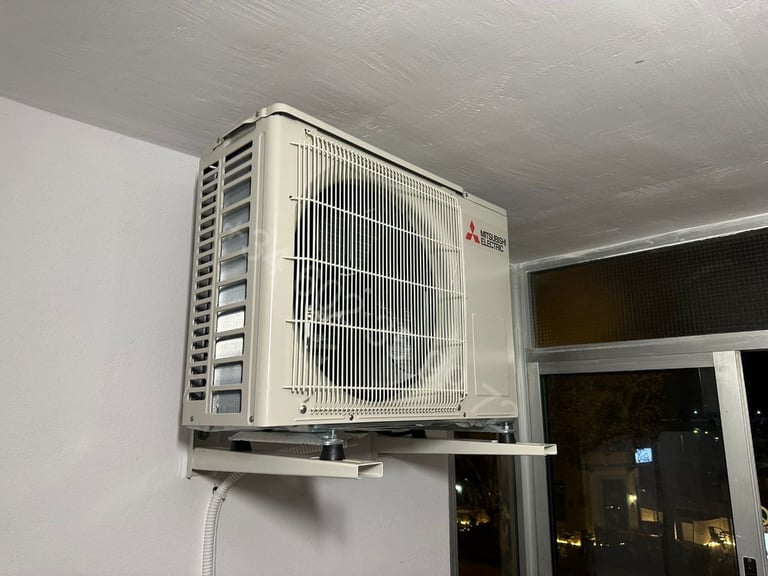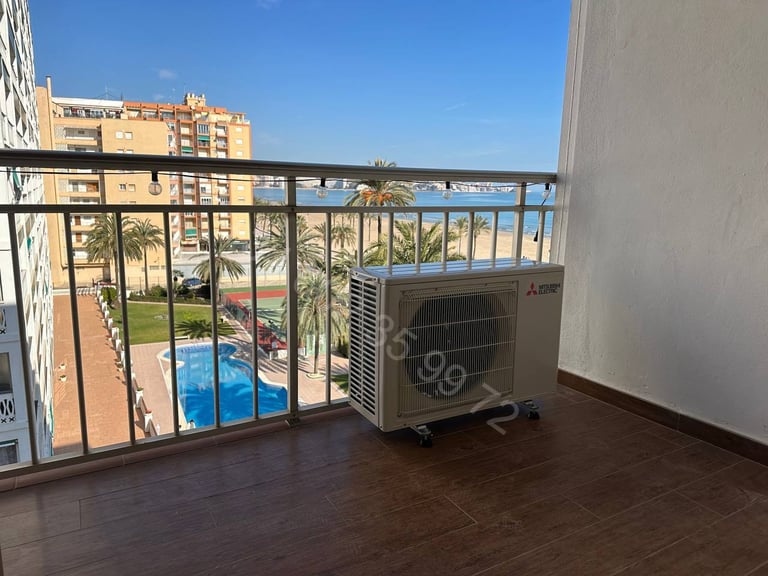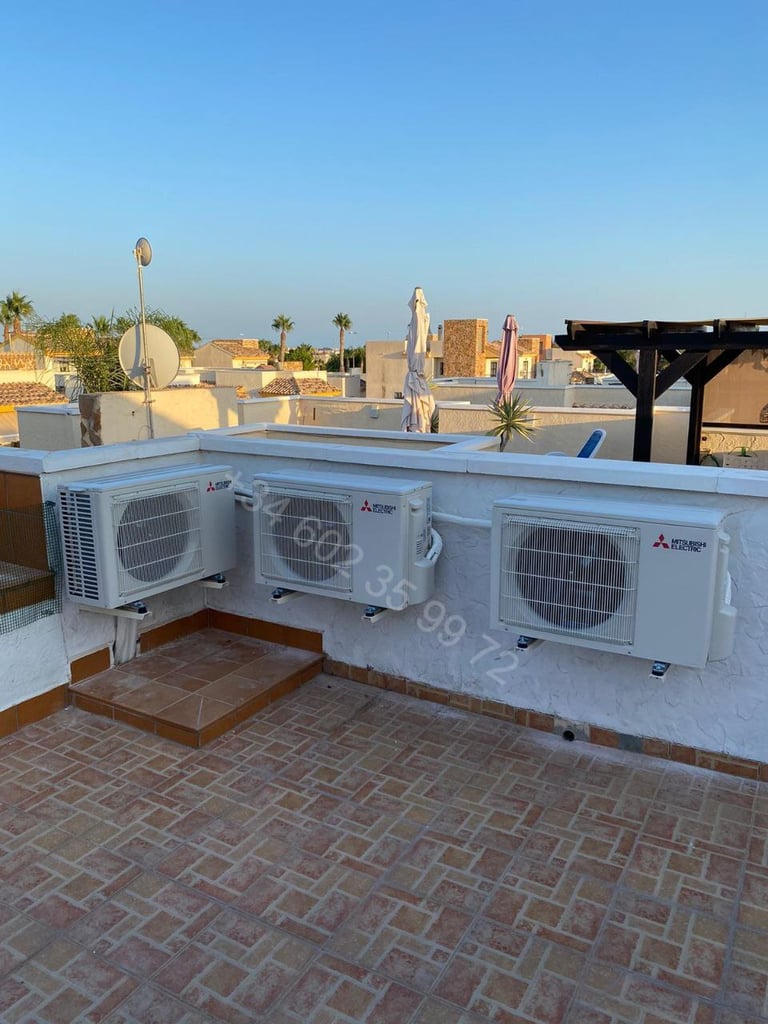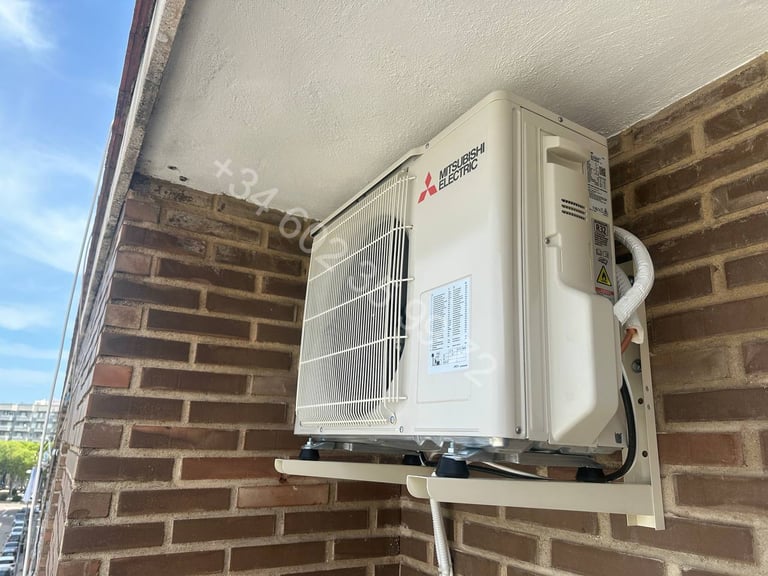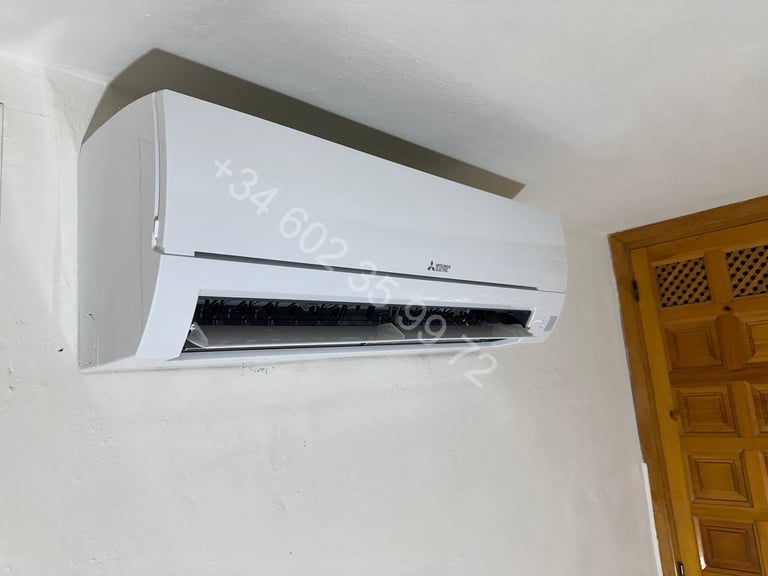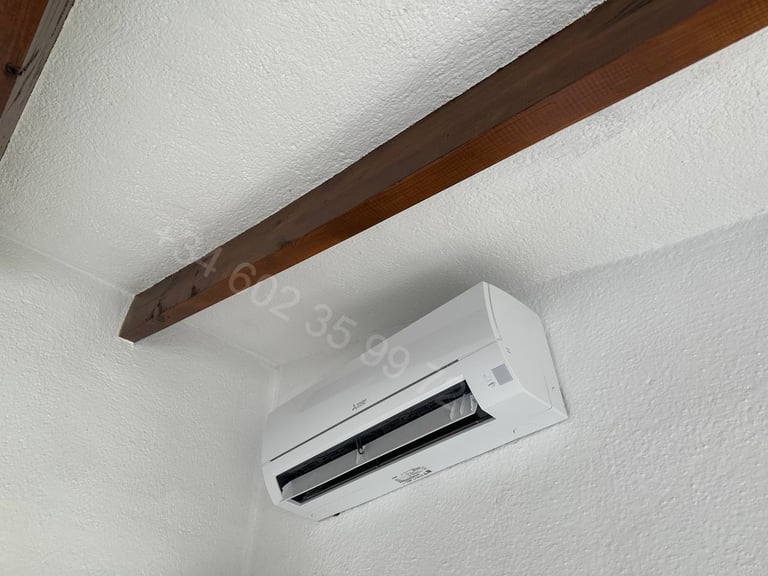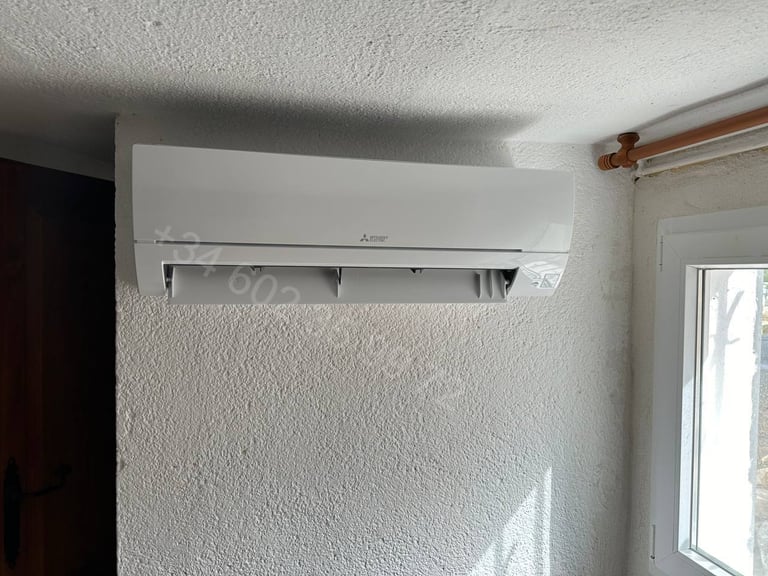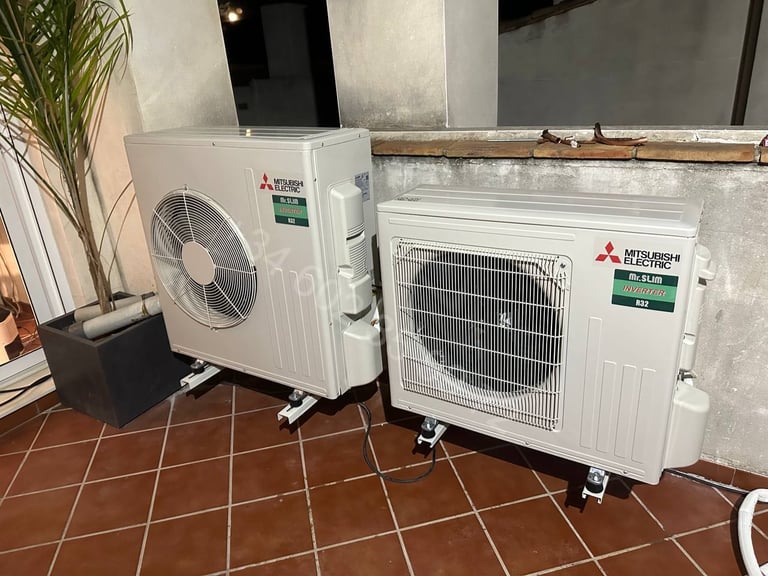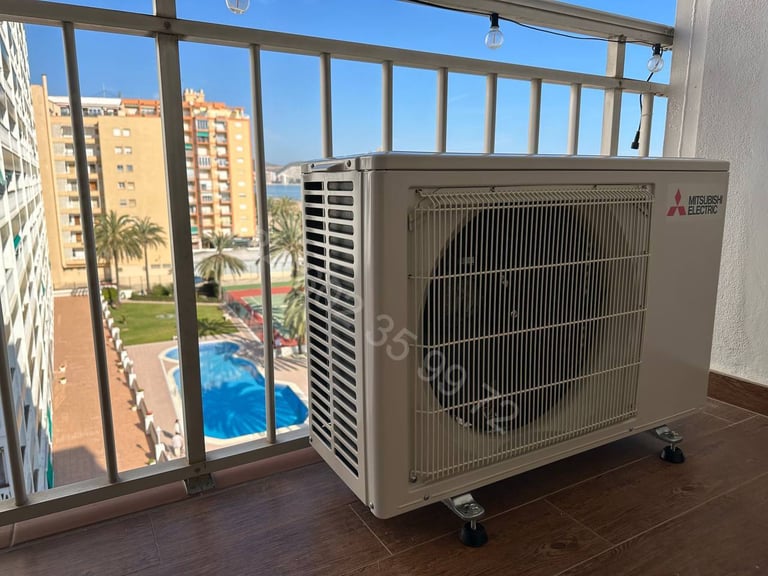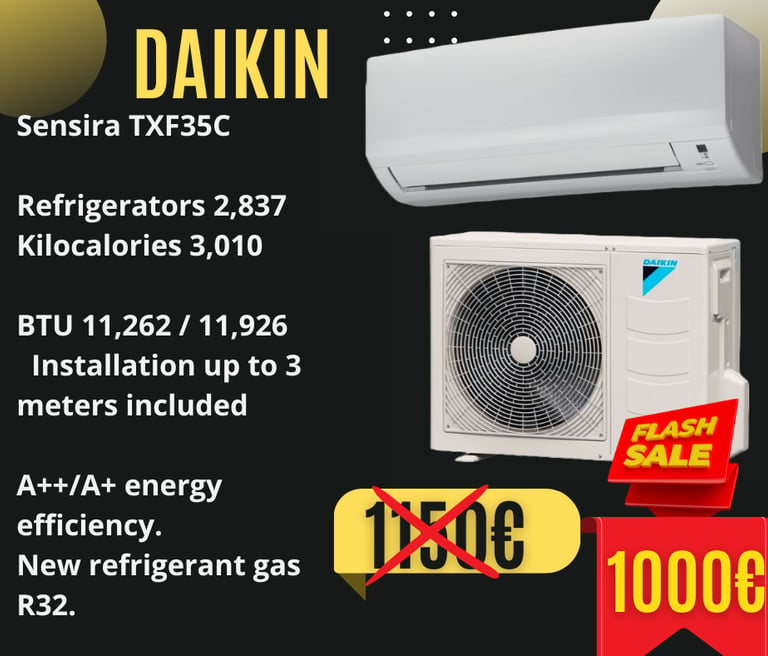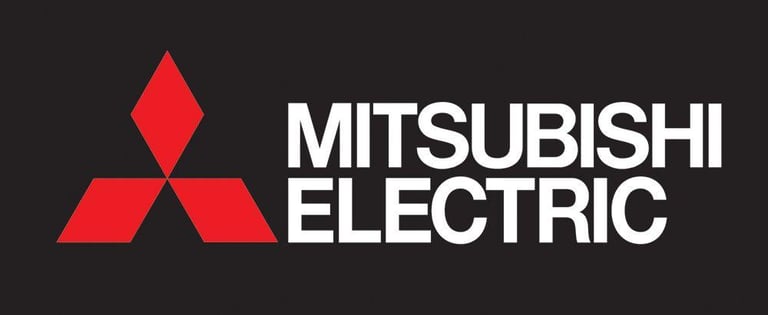

mitsubisishi electric
Mitsubishi air conditioners stand out for their durability and build quality.
A well-cared for and maintained Mitsubishi air conditioner may have a longer lifespan compared to some other brand air conditioner models. On average, a high-quality air conditioner, such as those from Mitsubishi, is expected to have a lifespan of approximately 15 to 20 years or even longer, as long as regular maintenance is performed and used according to the manufacturer's recommendations. .
The Mitsubishi air conditioning MSZ hr 35 vf Air conditioning with installation
Mitsubishi MSZ-HR35VF Air Conditioner: Optimal Comfort for Your Home
The Mitsubishi MSZ-HR35VF air conditioner with basic installation is an excellent option for air conditioning rooms of 30 to 40 square meters. With a power of 3.4 kW (11,603 BTU) in cooling and 3.6 kW (12,277 BTU) in heating, it provides the necessary comfort throughout the year. In addition, its high energy efficiency, with an A++ classification in cooling mode and A+ in heating mode, helps you save on electricity consumption.
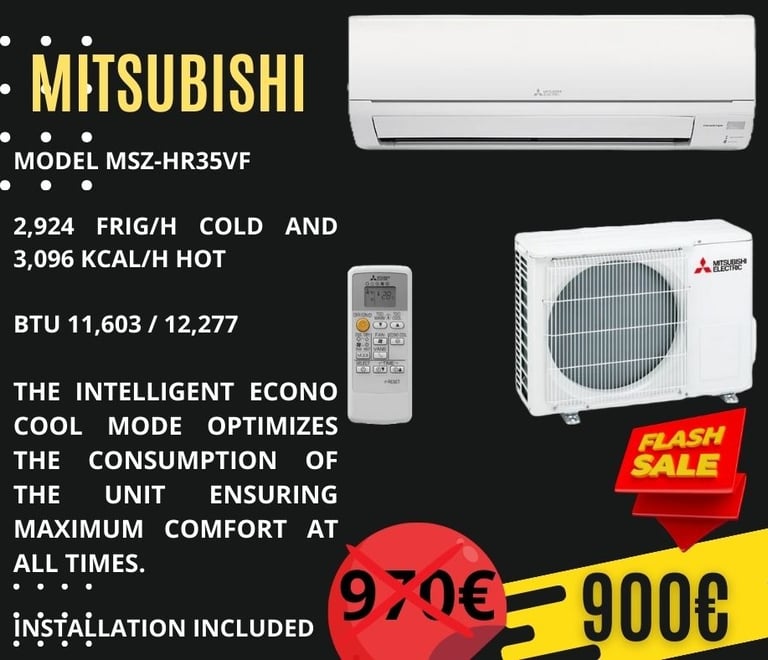

One Mitsubishi Electric MSZ-HR35VF: High-Performance Air Conditioning for Your Home
Key Features:
Efficient Cooling and Heating: The Mitsubishi Electric MSZ-HR35VF is designed to deliver superior cooling and heating performance. With its advanced inverter technology, this unit ensures precise temperature control, energy efficiency, and quiet operation. It’s perfect for creating a comfortable indoor environment all year round.
Eco-Friendly Refrigerant: This model uses the R32 refrigerant, which has a lower global warming potential (GWP) than traditional refrigerants. This makes the Mitsubishi Electric MSZ-HR35VF a more environmentally friendly choice for your air conditioning needs.
Sleek and Compact Design: The Mitsubishi Electric MSZ-HR35VF features a modern and compact design that blends seamlessly with any interior decor. Its sleek appearance and quiet operation make it an unobtrusive addition to any room.
Advanced Filtration System: Equipped with a sophisticated filtration system, this unit helps to improve indoor air quality by capturing dust, allergens, and other airborne particles. This is especially beneficial for individuals with allergies or respiratory issues.
Easy Installation and Maintenance: The Mitsubishi Electric MSZ-HR35VF is designed for easy installation and maintenance. Its split wall-mounted configuration simplifies the setup process, and its accessible components make regular maintenance straightforward.
Wi-Fi Control: With optional Wi-Fi control, you can manage your air conditioning unit from your smartphone or tablet. This feature allows you to adjust the temperature, set schedules, and monitor energy usage remotely, providing convenience and flexibility.
Benefits of Choosing the Mitsubishi Electric MSZ-HR35VF:
Energy Efficiency: The inverter technology and R32 refrigerant contribute to lower energy consumption, helping you save on electricity bills.
Quiet Operation: Enjoy a peaceful indoor environment with the unit’s low noise levels.
Improved Air Quality: The advanced filtration system ensures cleaner air, making it ideal for those with health concerns.
User-Friendly: The easy installation, maintenance, and optional Wi-Fi control make this unit a hassle-free choice.
Why Choose Mitsubishi Electric?
Mitsubishi Electric is renowned for its innovation, quality, and reliability in the air conditioning industry. The MSZ-HR35VF model upholds this reputation by offering high performance, energy efficiency, and user-friendly features. Whether you need cooling in the summer or heating in the winter, this unit provides optimal comfort for your home.
For more information on the Mitsubishi Electric MSZ-HR35VF and other air conditioning solutions, or to request an installation contact.
Common Searches Related to Mitsubishi Electric MSZ-HR35VF:
When considering the Mitsubishi Electric MSZ-HR35VF, many customers look for related terms such as air conditioning service near me and HVAC near me. Our services cater to various locations, including air conditioning Alicante and air conditioning Valencia.
We offer comprehensive air conditioning systems, including the Mitsubishi Electric MSZ HR35VF and other models. Our services cover AC installation, HVAC service, and air conditioning service near me. For those needing air conditioner repair or aircon servicing, we provide reliable and efficient solutions.


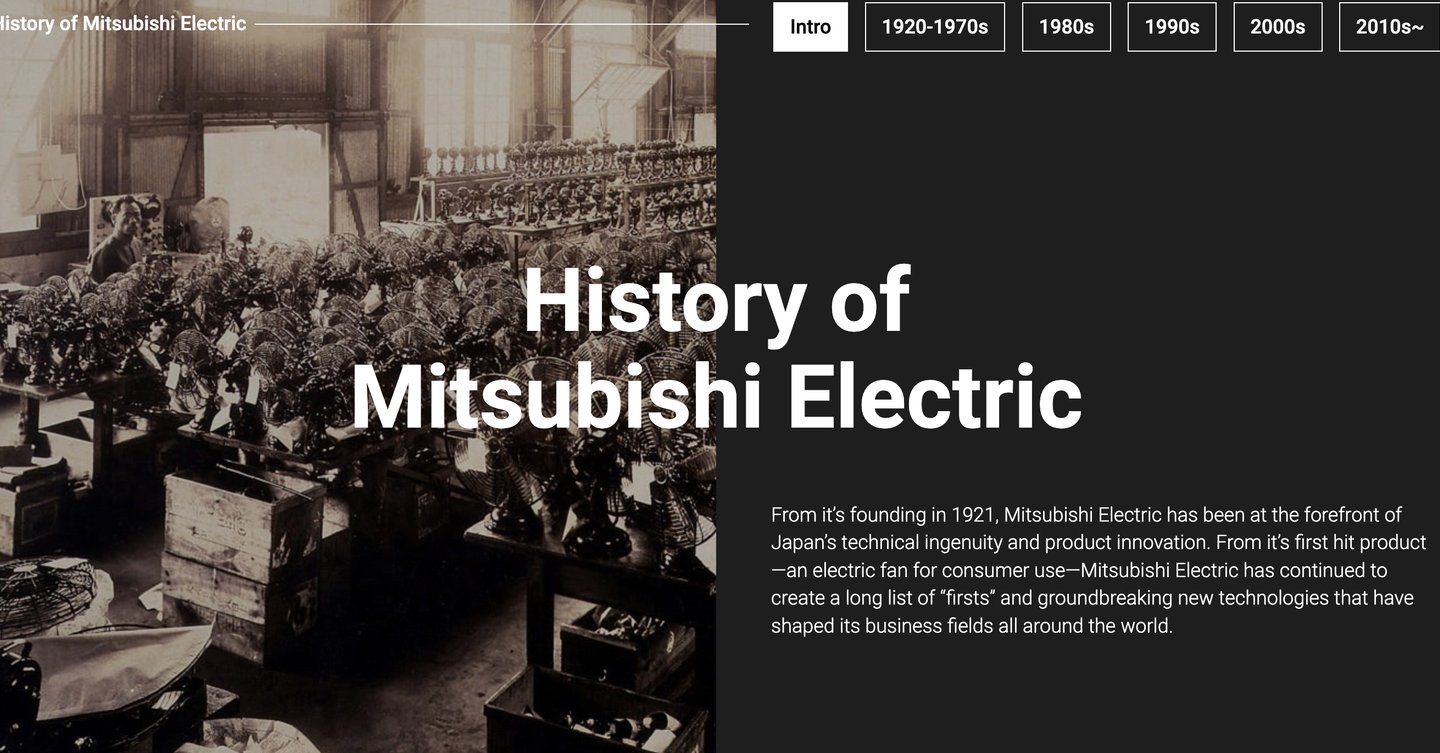

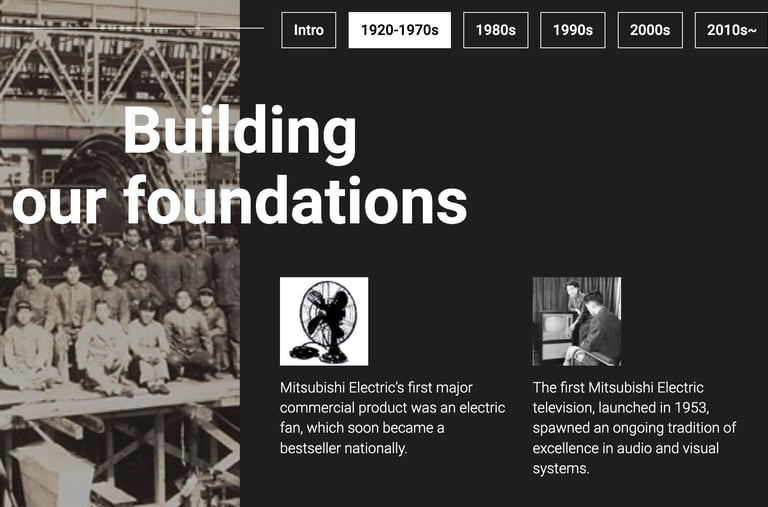

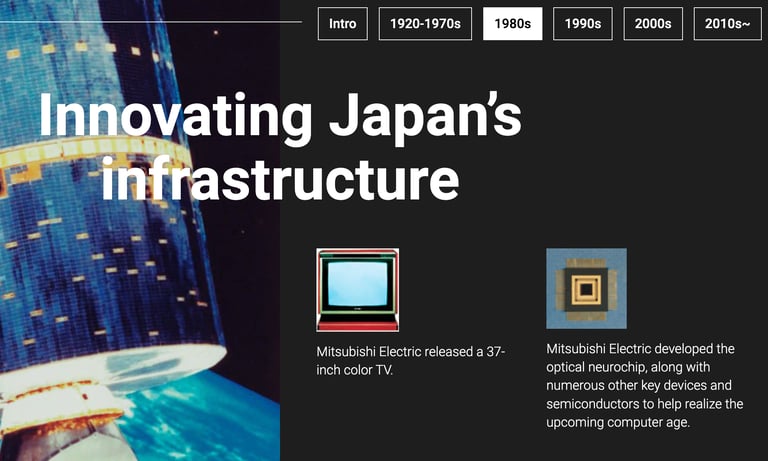


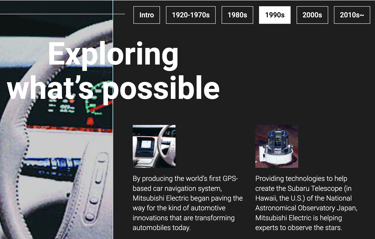
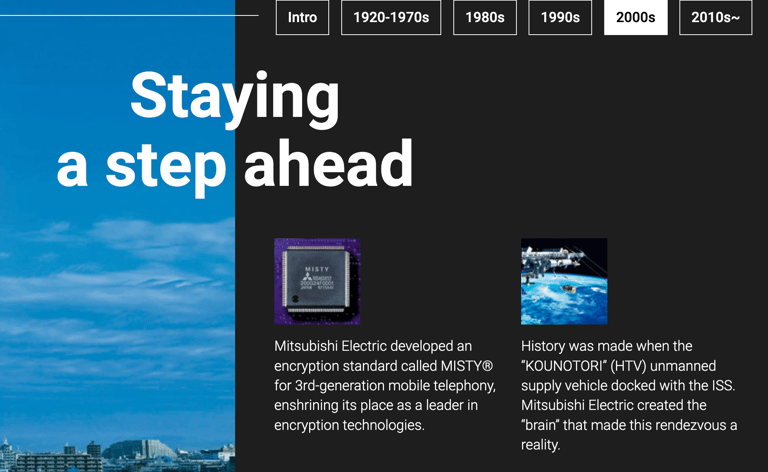

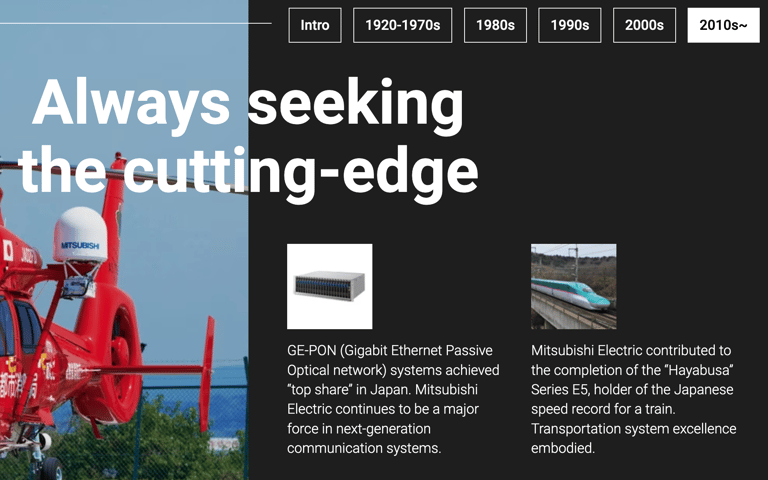

The History of Mitsubishi Air Conditioners
The Founder
Iwasaki Yataro (1835-1885)
An ambitious young man named Yataro Iwasaki launched the first Mitsubishi company—a shipping firm—in 1870. Japan had just emerged from centuries of feudal isolation and was racing to catch up with the West. Yataro's business grew rapidly and diversified into a broad range of manufacturing and commerce. World War II brought an end to Mitsubishi as an integrated organization, but independent companies that trace their roots to the old Mitsubishi are active today in nearly every sector of industry, including air conditioning.
Yataro Iwasaki was from the city of Kochi on the island of Shikoku, home of the powerful Tosa clan. He worked for the clan and distinguished himself in managing its Osaka trading operations. In 1870, he set up his own shipping company, Tsukumo Shokai, with three steamships chartered from the clan. That was the beginning of Mitsubishi.
Origins of the Famous Emblem
The three-diamond mark in an early appearance on an iron water vessel
The name of the new company changed to Mitsukawa Shokai in 1872 and to Mitsubishi Shokai in 1874. Yataro chose a corporate emblem that combined the three oak leaves of the Tosa crest and the three stacked diamonds of his family crest. That emblem is the source of the name, Mitsubishi, which means "three diamonds."
Yataro made a public display of patriotism in 1874, providing ships to carry Japanese troops to Taiwan. That earned the gratitude of the government, which rewarded him with 30 vessels. Yataro changed his company's name to Mitsubishi Mail Steamship in 1875, when it inherited the employees and facilities of a mail service disbanded by the government.
Rapid Growth and Adversity
One of Yataro's steamships, the sidewheeler Tokyo-maru
Mitsubishi Mail Steamship inaugurated service to China and Russia and enjoyed a virtual monopoly on overseas routes. But the political winds shifted against Mitsubishi in the early 1880s, and the government sponsored the establishment of a competitor. The ensuing competition nearly bankrupted both companies.
Government intervention produced a temporary truce. But cutthroat competition resumed when Yataro died in 1885 and was succeeded by his brother Yanosuke. The feud ended with a government-arbitrated merger in 1885, which created Nippon Yusen—today's NYK Line.
Beyond Shipping
Extracting coal in Nagasaki at the Takashima Mine
While competition was escalating on the sea, Mitsubishi was diversifying ashore. The company purchased the Yoshioka copper mine in Akita and Takashima coal mine in Nagasaki. It leased the Nagasaki Shipbuilding Yard from the government in 1884 and later engineered Japan's first domestically produced steel steamship there.
Mitsubishi continued to grow and diversify under the autocratic leadership of Yanosuke Iwasaki. He bought up more mines to provide resources for Mitsubishi and Japan's growing industries. And he dropped "Steamship" from the company name. He also paid the equivalent of approximately US$1 million for 80 acres of swampy marsh next to the Imperial Palace in 1890. Ridiculed at the time, Yanosuke's investment today is worth many billions of dollars.
Modern Management
The home of Meiji Life and Tokio Marine around 1895
Yataro's son, Hisaya, assumed the presidency in 1893. The University of Pennsylvania graduate restructured Mitsubishi to support increasingly diverse business operations. He set up divisions for banking, real estate, marketing, and administration, as well as for the original mining and shipbuilding businesses.
Some of Hisaya's private investments are part of today's Mitsubishi companies. He purchased the Kobe Paper Mill, which is today's Mitsubishi Paper Mills. And he backed the founding of Kirin Brewery. His cousin Toshiya founded Asahi Glass, Japan's first successful manufacturer of plate glass.
Mitsubishi management modernized further when Yanosuke's son Koyata succeeded Hisaya as president in 1916. Koyata, a graduate of Cambridge University, incorporated the divisions as semiautonomous companies. He steered Mitsubishi to leadership in such sectors as machinery, electrical equipment, and chemicals. The companies that later became Mitsubishi Heavy Industries developed automobiles, aircraft, tanks, and buses. And Mitsubishi Electric became a leader in electrical machinery and home appliances, including air conditioning systems like the Mitsubishi Electric MSZ-HR35VF.
Beyond the Family
A motorized three-wheeler by Mitsubishi Heavy Industries
The Iwasaki family relinquished some of its control over Mitsubishi through a public offering of shares in the core holding company. By the end of World War II, outside investors held more than one-half of the equity.
Koyata Iwasaki encouraged his managers and employees to stand above the xenophobia that swept Japan during the war years. "We count many British and Americans among our business partners," he reminded Mitsubishi executives shortly after the outbreak of hostilities. "They are our friends who have undertaken projects together with us and who have shared interests with us. Should peace come again, they should again become good and faithful friends."
Separate Paths
Central Tokyo's Marunouchi district—home to most of the Mitsubishi companies
After the war, the allied occupation forces demanded that Japan's big industrial groups disband. Mitsubishi Headquarters disbanded on September 30, 1946, and many of the Mitsubishi companies split into smaller enterprises. The trading arm fragmented into 139 companies. Mitsubishi Heavy Industries became three regional companies. Most of the Mitsubishi companies abandoned the name and emblem under pressure from the occupation forces.
On the outbreak of the Korean War, the occupation policy shifted to an emphasis on industrial and economic reconstruction. Some of the Mitsubishi companies reconstituted themselves, and most began using the name and emblem again. But they retained their autonomy. The companies achieved far more individually and independently than they ever could have accomplished as a single organization. At the same time, they benefit from the shared sense of community that accrues from a common history and corporate culture.

